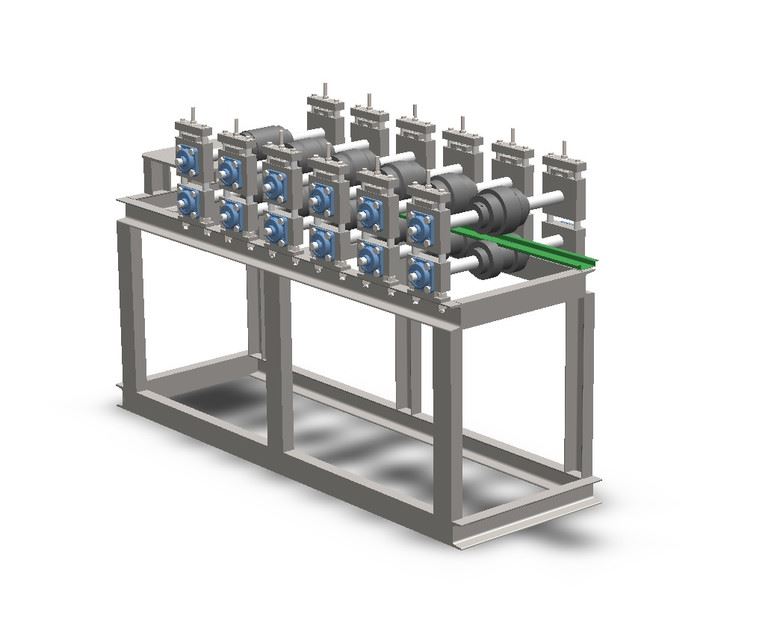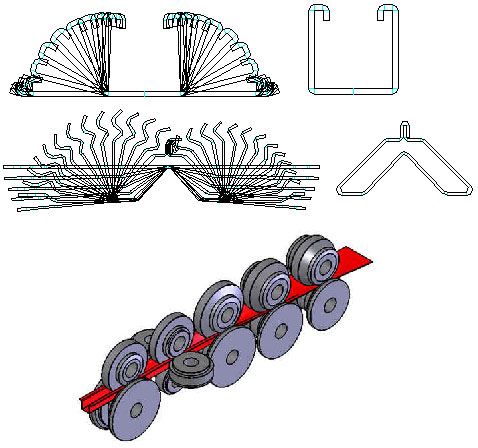Roll Forming Machine Developments
Feb21,23
Today’s roll forming machines feature computer-aided tooling designs. By incorporating CAD/CAM systems into the roll forming equation, machines function at their maximum potential. Computer-controlled programming provides roll forming machines with an internal “brain” that catches product imperfections, minimizing damage and waste.
In many modern roll forming machines, programmable logic controllers ensure accuracy. This is vital if a part needs multiple holes or needs to be cut to a specific length. The programmable logic controllers tighten tolerance levels and minimize accuracy.
Some roll forming machines also feature laser or TIG welding capabilities. Including this option on the actual machine results in loss of energy efficiency, but removes an entire step in the manufacturing process.

Roll Forming Machine Tolerances
Dimensional variation of a part created through roll forming is based on the type of material used, the roll forming equipment, and the actual application. Tolerances can be influenced by varying metal thickness or width, material springback during production, the quality and wear of the tooling, actual machine condition, and the experience level of the operator.
The Benefits of Roll Forming Machines
Aside from the benefits discussed in the previous section, roll forming machines offer the user some specific advantages. Roll forming machines are energy efficient because they do not expend energy to heat material—the metal shapes at room temperature.
Roll forming is also an adjustable process and is applicable to projects of varying time duration. Additionally, roll forming results in a precise, uniform part.




